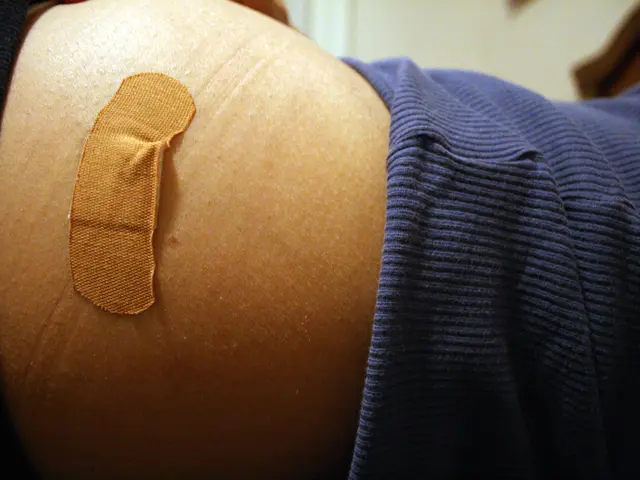Decline in birth rate doubles in Sverdlovsk region.
Check this out:
Over the last decade, the birth rate in the Sverdlovsk region has taken a nose dive: from 62,5 thousand kids in 2014 to a mere 37 thousand in 2024, as revealed by Elena Chadorova, the deputy minister of healthcare, in a recent interview on the "MинздравПРО" program. She casually mentioned, "There's plenty of room in the maternity wards, just go and pop 'em out!"
It's no secret that the birth rate has faced an annual nosedive since 2014, and it's a similar story when it comes to marriages in the region.
According to Sverdlovskstat, in 2023, only 38.5 thousand little bundles of joy made their grand entrance in the region, compared to close to 40 thousand in 2022. The birth rate dropped from 9.4 to 9.1 per thousand people. Naturally, the population shrank by a staggering 17.4 thousand people, a significant increase from the 19.3 thousand the year prior.
When it comes to new families, there were only 29.3 thousand registered last year, down from a whopping 34.5 thousand in 2022. The number of marriages per thousand population dropped from 8.1 to 7.2.
Other regions are grappling with the same issue and coming up with home-grown solutions. For example, in the Kaliningrad region, young families with kids can look forward to a hefty 15k ruble housing subsidy, thanks to JustMedia.
This year, a few Russian developers came up with an interesting twist to the mortgage game: offering a low 6% interest rate for "promising to bring a new life into the world." Unfortunately, the government wasn't on board with the proposal.
Here's how it would've worked: any borrower planning to have a baby within the next two years would be entitled to the low interest rate. If they followed through, the sweet terms would continue. If not, the mortgage rate would adjust to current market rates, but the preferential rate for the first two years would remain untouched.
For further insights on the role multichild families could play in pulling Russia out of the demographic ditch, check out the HSE scientists' take on DK.RU.
Stay informed with Dzen, Dzen.Novosti, email newsletter, Telegram, and VKontakte for all the latest on this topic and more!
Curious Factors Behind Birth Rate Slumps:- Economic woes: Tight wallets due to low incomes, joblessness, and high housing costs might push people to delay starting a family.- City life and career aspirations: Higher education and career-focused lifestyles in urban areas could lead to lower fertility rates.- Public health concerns: In regions like Sverdlovsk, where HIV/AIDS is prevalent, it might indirectly impact family planning decisions.- Post-Soviet heritage: Russia's post-Soviet demographic woes, including low birth rates and high mortality, continue to haunt many regions.
Typical Approaches by the Russian Government:While not always region-specific, the government has tried:- Monetary incentives: Maternity capital bonuses for second or third children.- Childcare support: Subsidized preschool programs and extended parental leave policies.- Anti-abortion measures: Some regions have made it difficult to access abortion services.
- Elena Chadorova, the deputy minister of healthcare, has revealed that the birth rate in the Sverdlovsk region has significantly decreased over the past decade.
- She mentioned in a recent interview on the "MинздравПРО" program that the birth rate dropped from 62,5 thousand children in 2014 to 37 thousand in 2024.
- The decrease in population is evident, with the number of people dwindling by 17.4 thousand people in 2023, compared to the year prior.
- The number of marriages and new families registered also saw a dip, with lower rates per thousand population.
- Despite the significant decrease, other regions, such as the Kaliningrad region, are looking for home-grown solutions to combat the issue.
- One example is the housing subsidy offered to young families with children in the Kaliningrad region.
- There have been attempts to offer lower mortgage interest rates to those planning to have children, but the government has not been receptive to this proposal.
- The solution could potentially benefit both parties, with the borrower entitled to the low interest rate if they have a baby within two years, and the preferential rate remaining for the first two years regardless.
- Beyond economic incentives, there are a multitude of factors contributing to the birth rate slumps in Russia, such as economic woes, city life and career aspirations, public health concerns, post-Soviet heritage, and more.








